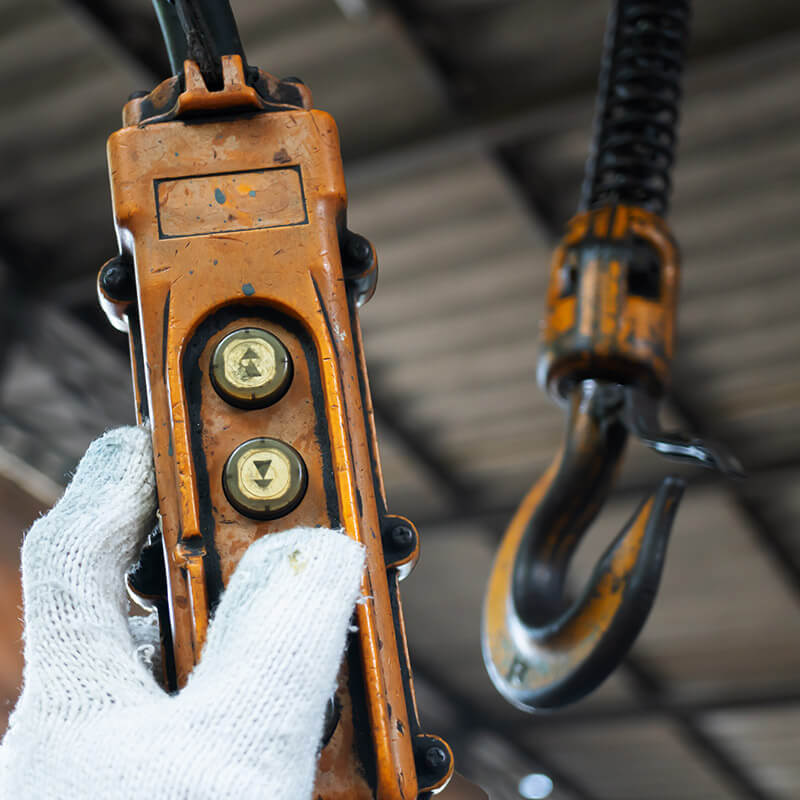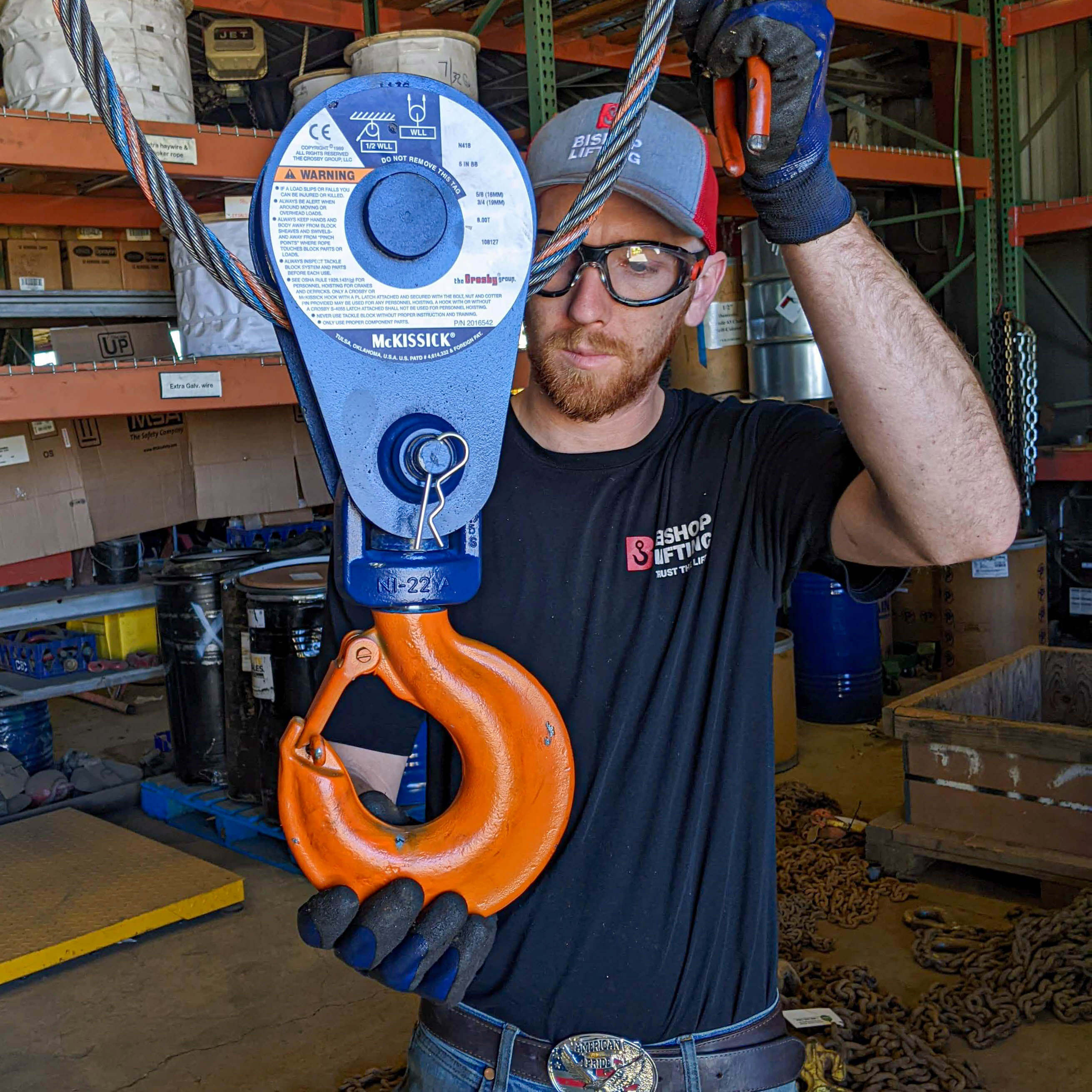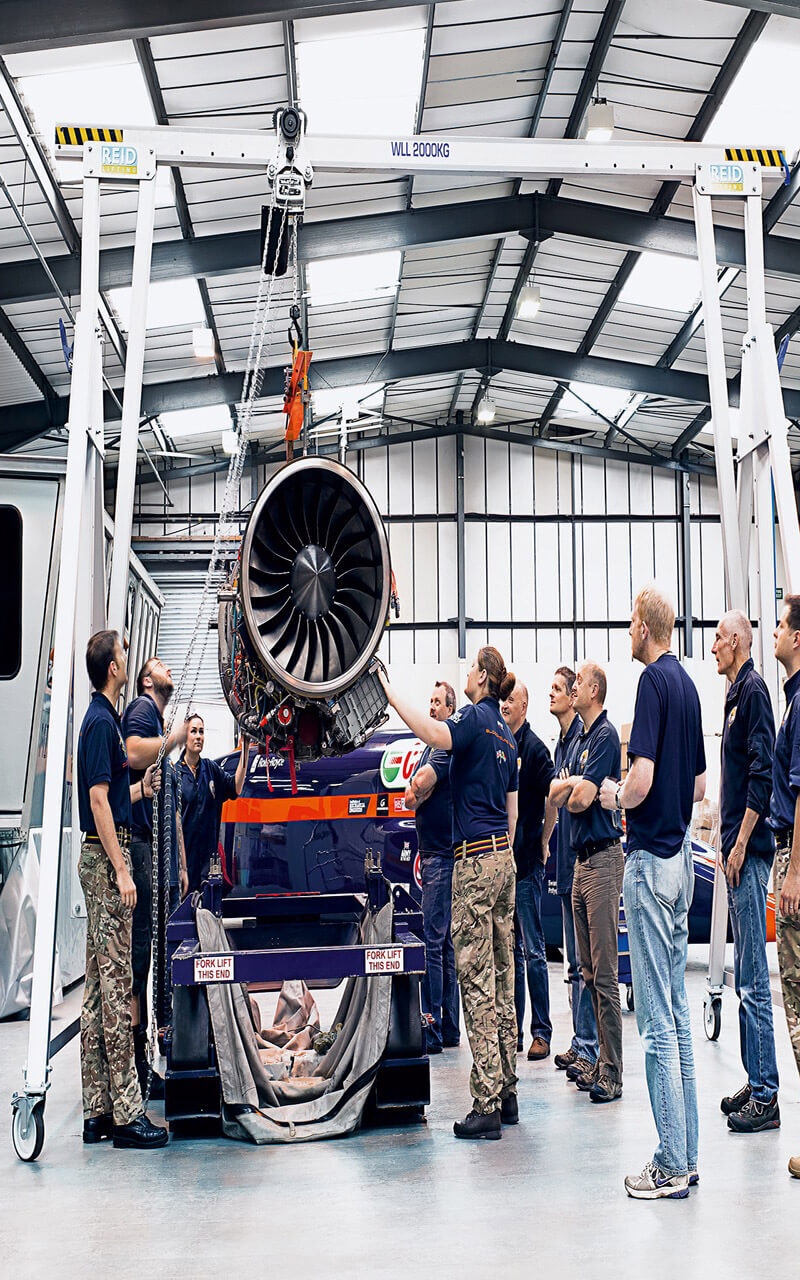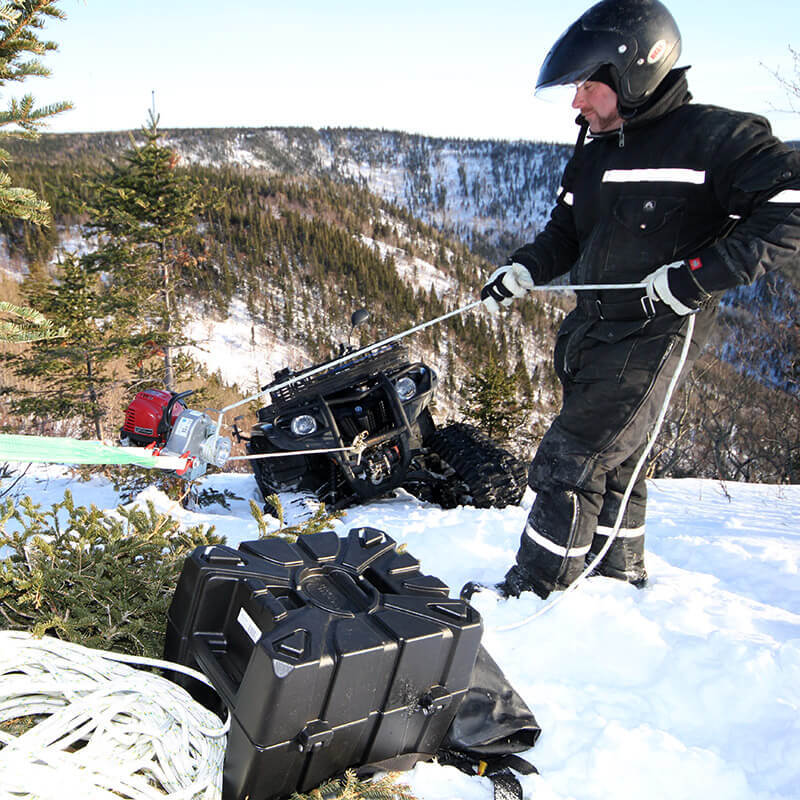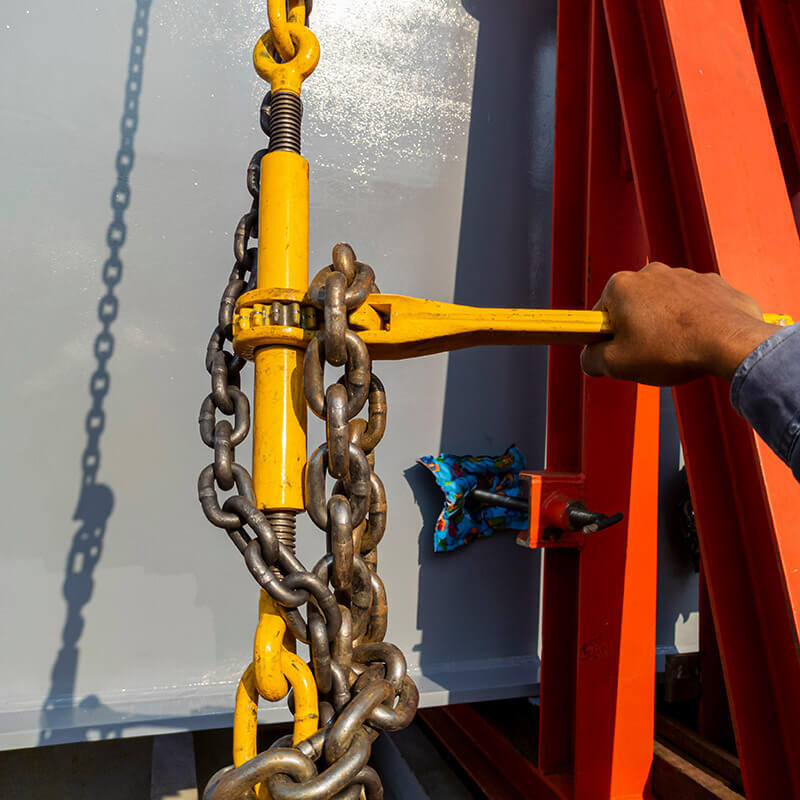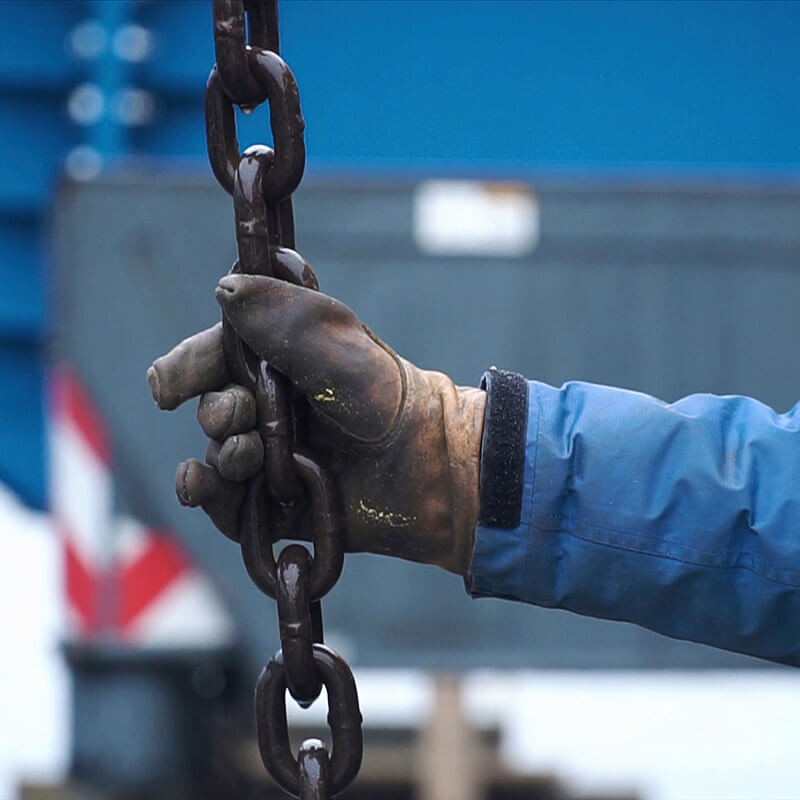What Are Hoists Used For?
In today’s industrial, construction, and healthcare sectors, hoists are indispensable for efficient and safe material handling. From lifting steel beams on-site to positioning heavy equipment in manufacturing or aiding patient transfers in hospitals, hoists reduce manual labor, enhance productivity, and ensure compliance. Most modern operations integrate hoists as a fundamental element of their workflow.
Regulatory and Safety Standards
Selecting and operating hoists must align with recognized safety standards:
- OSHA 1910.179 & 1926 Subpart N — Standards for cranes, derricks, and hoists in general industry and construction.
- ASME B30 Series — Comprehensive safety standards for lifting devices.
- ANSI/ASME HST Standards — Performance criteria for manual, electric, and pneumatic hoists.
Types of Hoists & Use Cases
| Hoist Type | Best For | See on Lifting.com |
|---|---|---|
| Manual Chain Hoists | Low-duty or non-powered settings (e.g., maintenance workshops) | Manual Chain Hoists |
| Electric Hoists | High-volume applications like manufacturing and warehousing | Electric Chain Hoists Electric Wire Rope Hoists |
| Pneumatic (Air) Hoists | Hazardous or explosive environments needing spark-free operation | Air Hoists & Trolleys |
Common Applications
- Construction: Tower and material hoists streamline vertical movement of personnel, tools, and supplies.
- Manufacturing & Warehousing: Hoists enhance workflow by moving components along assembly lines or handling palletized loads.
- Mining: Heavy-duty hoists extract ore and equipment from deep shafts, often using advanced controls.
- Healthcare: Patient lift hoists ensure safe, dignified transfers for patients while reducing caregiver strain.
Supporting Video from Bishop Lifting
Choosing the Right Hoist
Ensure the following when selecting a hoist:
- Load Capacity — Choose a hoist rated above your maximum load.
- Lift Height & Speed — Match to your operational needs.
- Duty Cycle — Crucial for product longevity, especially for electric hoists.
- Environment — Consider corrosion resistance, weatherproofing, or explosion-proofing as required.
- Compliance — Confirm that the hoist meets OSHA, ANSI, and ASME standards.
Maintenance & Operator Training
- Inspect for wear, distortion, and corrosion.
- Maintain lubrication and proper tension on chains or cables.
- Conduct load testing per OSHA guidelines.
- Keep detailed service logs for compliance audits.
- Ensure operators receive certified training in rigging, emergency procedures, and safe handling practices.
Conclusion
Hoists remain a fundamental component across industries. Choosing the right one, paired with consistent maintenance and compliance with OSHA, ANSI, and ASME standards, ensures safe, efficient operations. Integrating trusted hoist solutions from Lifting.com supports both regulatory and operational excellence.
FAQs
- What exactly is a hoist?
- A hoist is a lifting device that raises or lowers loads using a drum or lift-wheel, paired with a chain or wire rope. Power can be manual, electric, or pneumatic. See Lifting.com for product examples.
- How does a hoist mechanism work?
- The mechanism winds a chain or rope around a drum or lift-wheel, converting rotational motion into vertical lifting. Compliance with ASME B30 ensures safe operation.
- What are the key components of hoisting equipment?
- Core components include the load drum, chain or rope, lifting hook, and the power source. Refer to ANSI/ASME HST for component standards.
- Where are overhead hoists commonly used?
- Overhead hoists are prevalent in manufacturing, warehousing, and assembly lines. Browse Overhead Hoists on Lifting.com for options.
- What is the purpose of construction hoists?
- Construction hoists transport workers and materials vertically on job sites, particularly in high-rise projects. Must comply with OSHA 1926 Subpart N safety rules.
What Are Hoists Used For?
Aug 14th 2025
What is a Snatch Block?
Aug 5th 2025
How Long is a Fall Protection Harness Good For?
Jul 31st 2025
What is the Difference Between Overhead and Gantry Cranes?
Jul 21st 2025
What is a Gantry Crane?
Jul 14th 2025
What is the difference between capstan and windlass winches?
Jul 10th 2025
What is a Capstan Winch?
Jul 7th 2025
Can Grade 70 Chain Be Used for Lifting?
Jun 28th 2025
What Is a Lifting Chain?
Jun 26th 2025


